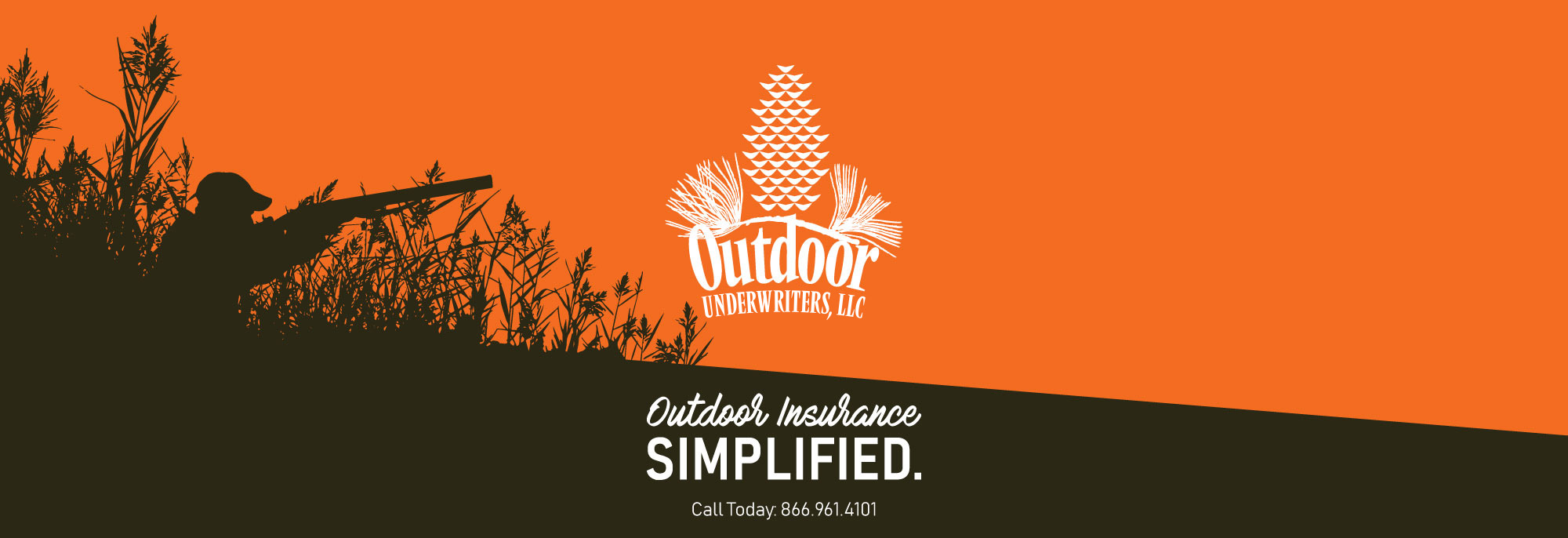Turkey Hunting Safety
Each spring thousands of hunters enter the woods in pursuit of the eastern wild turkey. Turkey hunting is considered one of the most challenging hunts. The typical hunter will use concealment and imitation to lure the majestic gobbler into shooting range; sometimes the concealment and calling, results in tragic shooting accidents.
The primary cause of turkey hunting accidents is a mistake in identifying the target. The hunter sees movement, hears sound, or sees a flash of color and shoots. This poor judgment often causes severe injuries and sometimes even death to another hunter. Here are some common sense rules that are keys to a safe turkey hunting experience:
Target Identification—Being 99.9 percent sure isn’t good enough. Make absolutely sure you see your target and that it is a turkey with a beard. Make sure that you have a good shot before you pull that trigger.
Calling— Be particularly careful when using a gobbler call. The sound and motion may attract other hunters.
Dress Defensively— Wear full camouflage from the top of your head to the tip of your toes. Wearing partial camouflage may leave just enough exposed to look like parts of a turkey. Eliminate the colors red, white and blue from your turkey hunt-ing outfit. Red is the color most hunters use to identify a gobbler’s head from the hen’s blue-colored head.
Calling Position— When selecting your calling position, don’t try to hide so well that you cannot see what is happening around you. Remember, eliminating movement is your key to success, not total concealment. Select a calling position that provides a background as wide as your shoulder and one that will completely protect you from the top of your head down, such as a tree with a trunk wider than your body to protect your back. Small trees will not hide slight movement of your hands and/or shoulder which might look like a turkey to another hunter who could be unwisely stalking your calls, make sure that you can see 180 degrees in front of you.
Signaling an Approaching Hunter—Never wave, move or make turkey sounds to alert another hunter to your presence. Remain still and call out in a loud, clear voice to alert oncoming hunters of your presence.
Using a Decoy— When using a decoy, always place it so you are out of the direct line of fire should another hunter mistake it for legal game. When moving through the woods, totally conceal your decoy with camouflage or fluorescent orange, so it won’t be mistaken for a live turkey.
Hunting Strategy— Never stalk a wild turkey. The chances of getting close enough for a shot are slim, but the chances of becoming involved in an accident are increased. The less you move, the safe r and more effective you will be in hunting a turkey.
Bringing Home the Bacon— Once you have killed a bird, wrap a fluorescent orange vest or band around its body with wings folded in before moving. Leave the woods via the most open route possible.
Turkey hunting is one of the safest sports in the world. In fact, more people visit the emergency room from playing football, baseball and basketball each year than from hunting. Using a little common sense keeps you and other hunters enjoying this great sport for life.
Be smart, consider your options, and have a safe hunt!
For additional information concerning hunt club coverage’s such as; Member-To-Member Coverage, Guest Liability Coverage, Fire Damage Liability and Medical Expense, contact one of our knowledgeable staff at 866-961-4101.
Please reference Marcus Kilburn (Arkansas Game & Fish Commission), National Wild Turkey Federation “Fall Turkey Safety Tips” and Ed Wilson (Outdoor Underwriters, Inc.)
